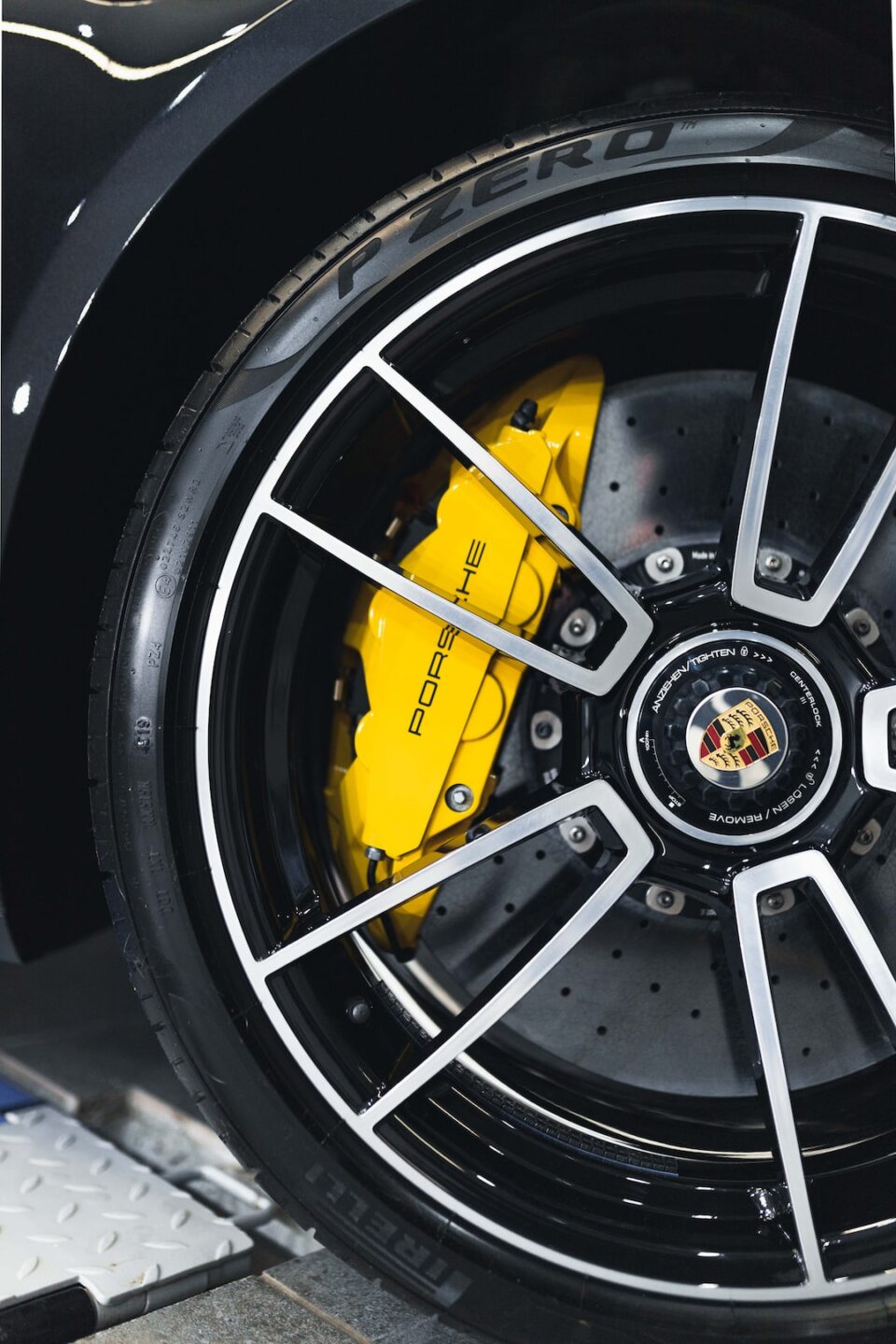The Future of Autonomous Cars: Are We Ready?
Autonomous cars, once a dream of science fiction enthusiasts, are now becoming a reality. With major technology companies and automobile manufacturers investing heavily in self-driving technology, it’s clear that autonomous cars will soon be a common sight on our roads. While this advancement promises to revolutionize transportation, there are still important questions to consider: Are we ready for the future of autonomous cars? And what challenges lie ahead?
One of the major benefits of autonomous cars is increased safety. Human error accounts for a significant portion of accidents on the roads, and by eliminating the need for human drivers, autonomous cars aim to drastically reduce accidents and deaths. They are equipped with sophisticated sensors, cameras, and artificial intelligence systems that help navigate through traffic and anticipate potential hazards. This technology could potentially save millions of lives worldwide, making it a highly promising development.
In addition to the safety aspect, autonomous cars can also have significant environmental benefits. With the integration of electric powertrains, self-driving vehicles can contribute to reducing carbon emissions and air pollution. By optimizing routes and driving patterns, these cars can minimize traffic congestion, resulting in a smoother flow of vehicles on the road and reduced fuel consumption. The widespread adoption of autonomous cars could bring us closer to achieving a more sustainable future.
However, despite the promising potential of autonomous cars, several challenges need to be overcome before they become a mainstream reality. One of the most crucial concerns is the issue of cybersecurity. With increasing connectivity and the involvement of complex computer systems, the risk of cyberattacks poses a significant threat. Just like any other device connected to the internet, autonomous cars are vulnerable to hacking, potentially leading to disastrous consequences. Ensuring robust cybersecurity measures will be crucial to guarantee the safety and integrity of these vehicles.
Another challenge lies in the legal framework and regulations surrounding autonomous cars. As the technology evolves rapidly, governments and lawmakers are struggling to keep up with the pace of innovation. Questions around insurance liabilities, data privacy, and liability in case of accidents need to be addressed before self-driving cars can be deployed on a large scale. Establishing a unified framework across different jurisdictions will be critical to foster the growth of autonomous vehicles and to instill public confidence.
Moreover, there is the issue of public acceptance and trust. Many people are still skeptical about the safety and reliability of self-driving cars. High-profile accidents involving autonomous vehicles have reinforced these concerns. It will take time for society to adapt to this new form of transportation and to place trust in the technology. Public education and awareness campaigns will play a crucial role in addressing these concerns and in showcasing the benefits and advancements of autonomous cars.
Additionally, the automotive industry must also focus on addressing the impact on jobs and the economy. With the rise of autonomous cars, traditional driving-related occupations may become obsolete, leading to potential job losses and economic shifts. Preparing for this transition by creating retraining programs and exploring new job opportunities will be essential to minimize the disruption and ensure a smooth transition.
In conclusion, the future of autonomous cars holds great promise, but challenges lie ahead. Overcoming cybersecurity risks, establishing a solid legal framework, gaining public trust, and addressing economic implications are crucial for successful implementation. With proper planning, collaboration, and technological advancements, we can unlock the full potential of autonomous cars, leading to safer, cleaner, and more efficient transportation systems. Are we ready? The answer lies in our ability to navigate these challenges and embrace the transformative power of this emerging technology.


